30 Years In and Still Reforming – New Keep America Growing Podcast Episode
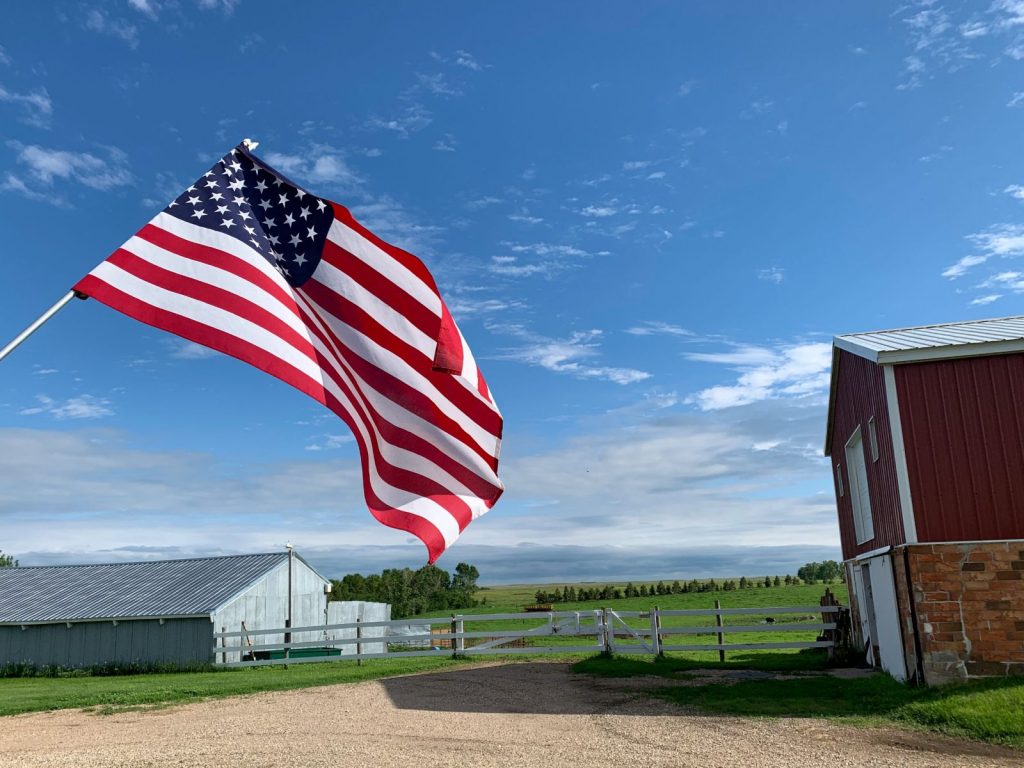
Did you know that 2024 marks the 30-year anniversary of the 1994 Crop Insurance Reform Act? This means crop insurance has been expanding and adapting to the risk management needs of U.S. agriculture for three decades now. Given this important 30-year anniversary, National Crop Insurance Services (NCIS) and its president, Tom Zacharias, took some time […]
NEW PODCAST EPISODE 🌱 Key Crop Insurance Date in March
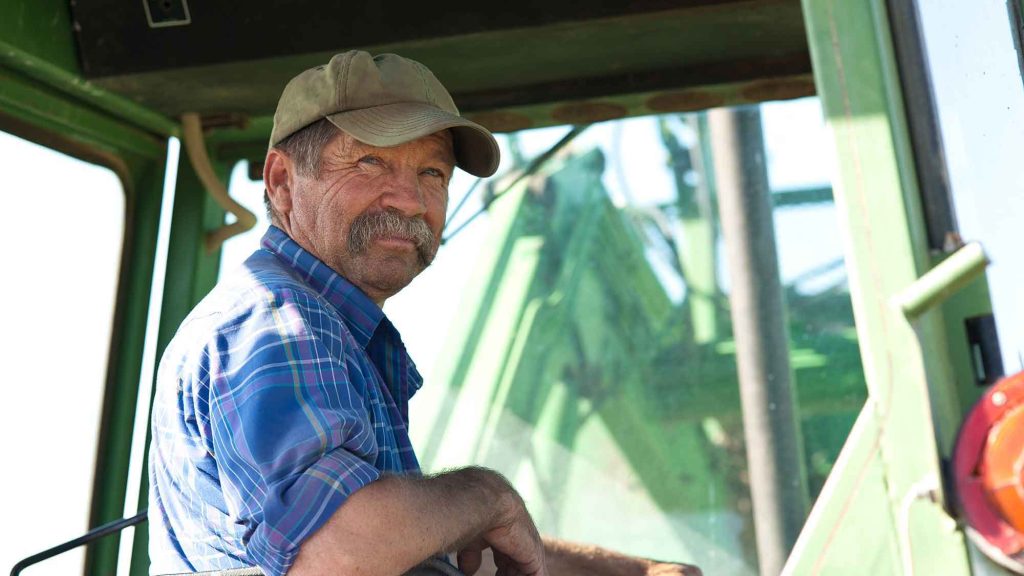
Spring is the season of new beginnings, bringing warmer weather and sunshine, and college hoops and March Madness! It’s also the time for farmers to decide which spring crops they want to insure for the 2024 crop year. This is a critical decision for farmers because growing the most abundant and inexpensive food supply in […]
Crop Insurers Building on Crop Insurance’s Strong Foundation

America’s crop insurers are committed to building on the foundational principles of crop insurance to strengthen the farm safety net and offer more risk management products to more farmers. “Congress has repeatedly voted to strengthen crop insurance over the years, laying the foundation for a smart, actuarially-sound Federal policy,” said Scott Arnold, chair of National […]
New Voter Polling Confirms Importance of Strong Crop Insurance Program
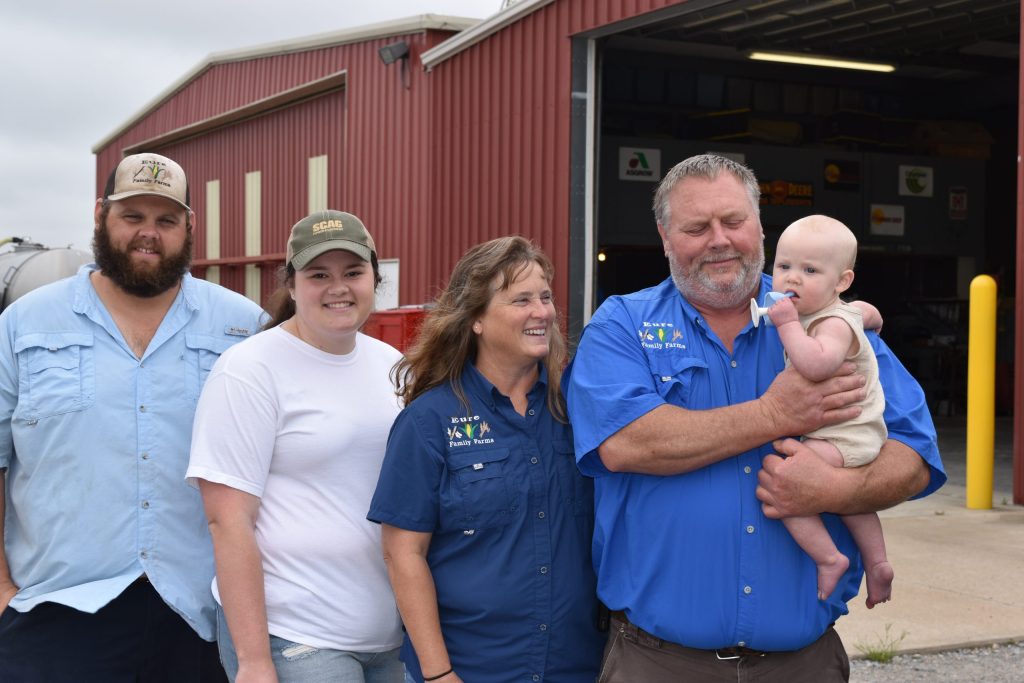
Registered voters support farmers and the protection provided by the crop insurance program, according to recently released data from National Crop Insurance Services (NCIS). American voters are asking Congress to support family farmers by passing a Farm Bill that protects, preserves, and improves crop insurance. A national poll of more than 1,100 registered voters conducted […]
Celebrating Another Year Protecting Farmers
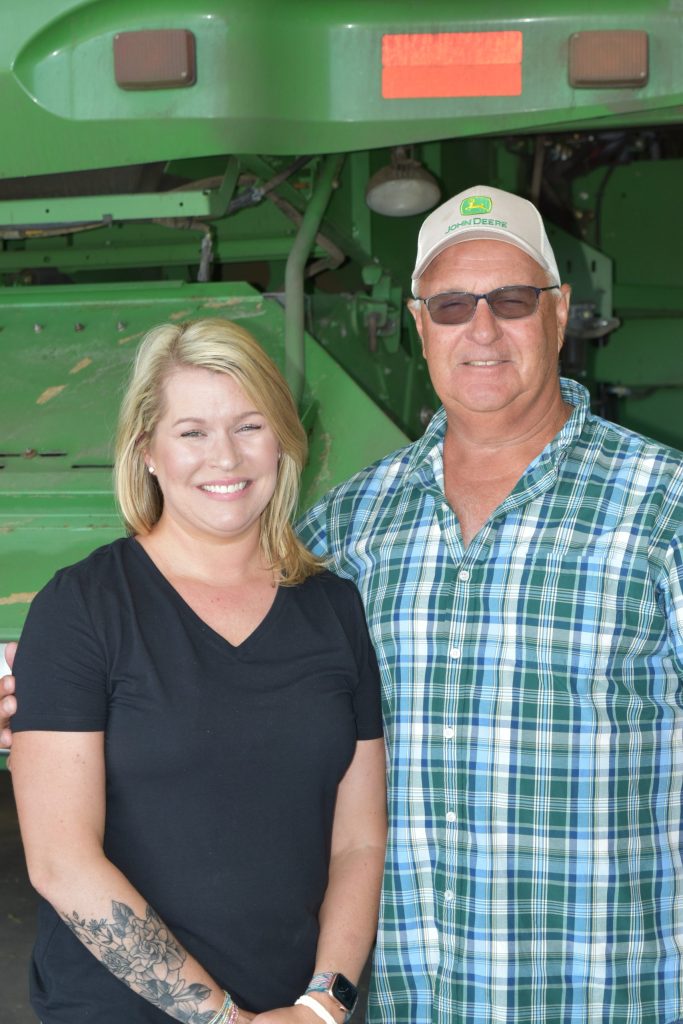
For decades, crop insurance has been a key component to the tremendous success of our country’s agricultural economy – and the same was true this year. Farmers all across America relied on crop insurance to navigate risks like unplanned weather events and keep their farms growing. With 2024 around the corner and the holiday season […]
Congress Supports Crop Insurance

With a one-year extension of the Farm Bill signed into law, Congress is turning its attention to drafting a five-year Farm Bill that strengthens the farm safety net. As the cornerstone of this safety net, crop insurance has received a lot of attention lately. We’re proud of this public-private partnership that keeps family farmers on […]
Kansas Farmers, Agents Share Crop Insurance Stories

We all want healthy, fresh food for our families. America’s farmers and ranchers provide that and more, for your family and families all over the world. But this wouldn’t be possible without Federal crop insurance. “We purchase crop insurance because we just [have] to,” said Dennis Tencleve, a farmer in Mayfield, Kansas, who grows mainly […]
Crop Insurance Supports Farmers, Farmers Support Crop Insurance
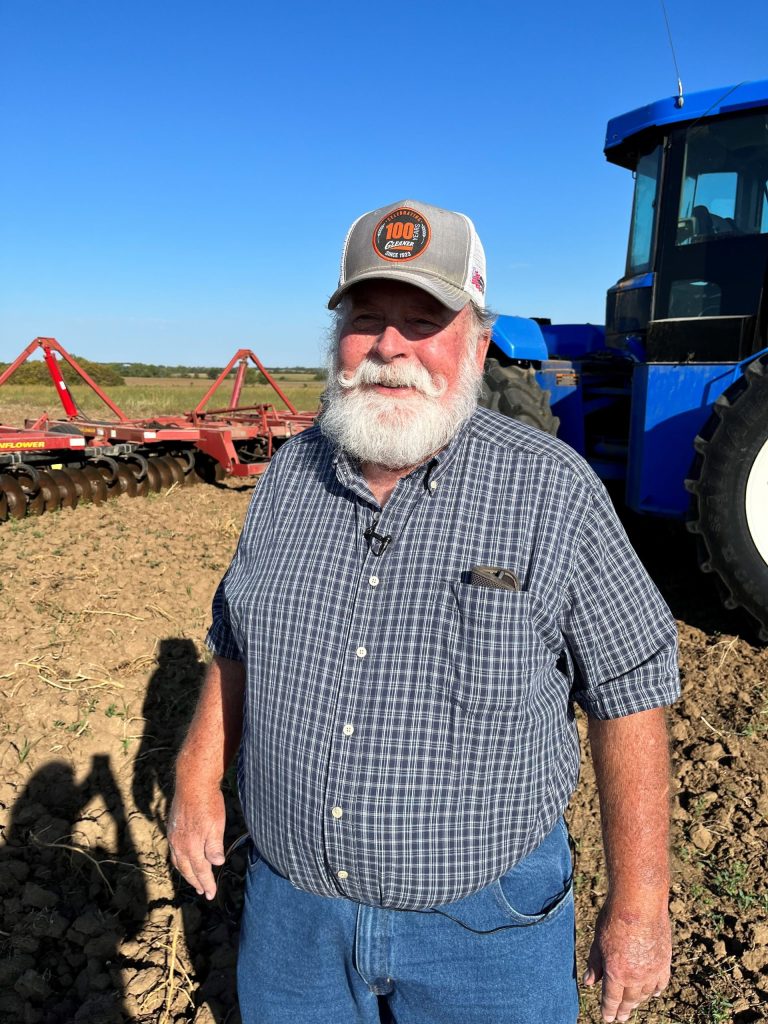
It was late summer when we visited Sumner Country, Kansas, where Phil White farms with his father and brother. All three farmers understand that once they put their crop in the ground, it’s out of their hands – but they also know they can rely on Federal crop insurance to get them through unplanned events […]
Crop Insurance Vital for East Coast Farmers

Crop insurance is essential to the success of farmers and the country because crop insurance supports American farmers, American families, and the American economy. And because crop insurance is so important, farmers have no problem expressing how much they need and rely on it. “I want Congress to know that we have to have crop […]
Farmers Say Crop Insurance is a Need, Not a Want
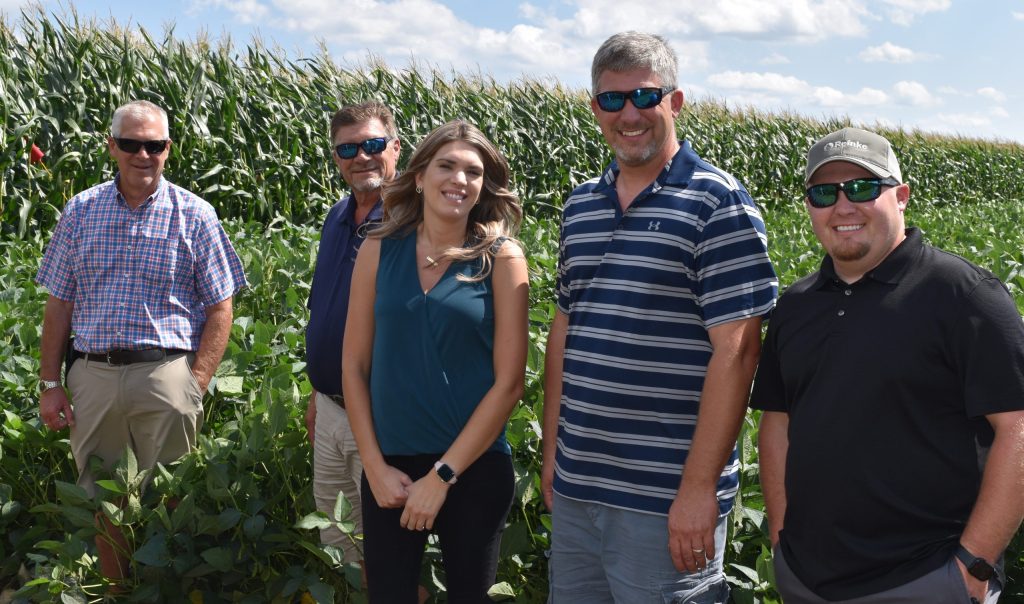
Not too far from Capitol Hill in Onancock, Virginia, Lynn Gayle farms soybeans, wheat, and corn. Lynn is acutely aware of the precarious nature of farming and the risk presented by Mother Nature “We’re one storm event or one drought away from a disaster,” he told us on a recent trip to the field. That’s […]

